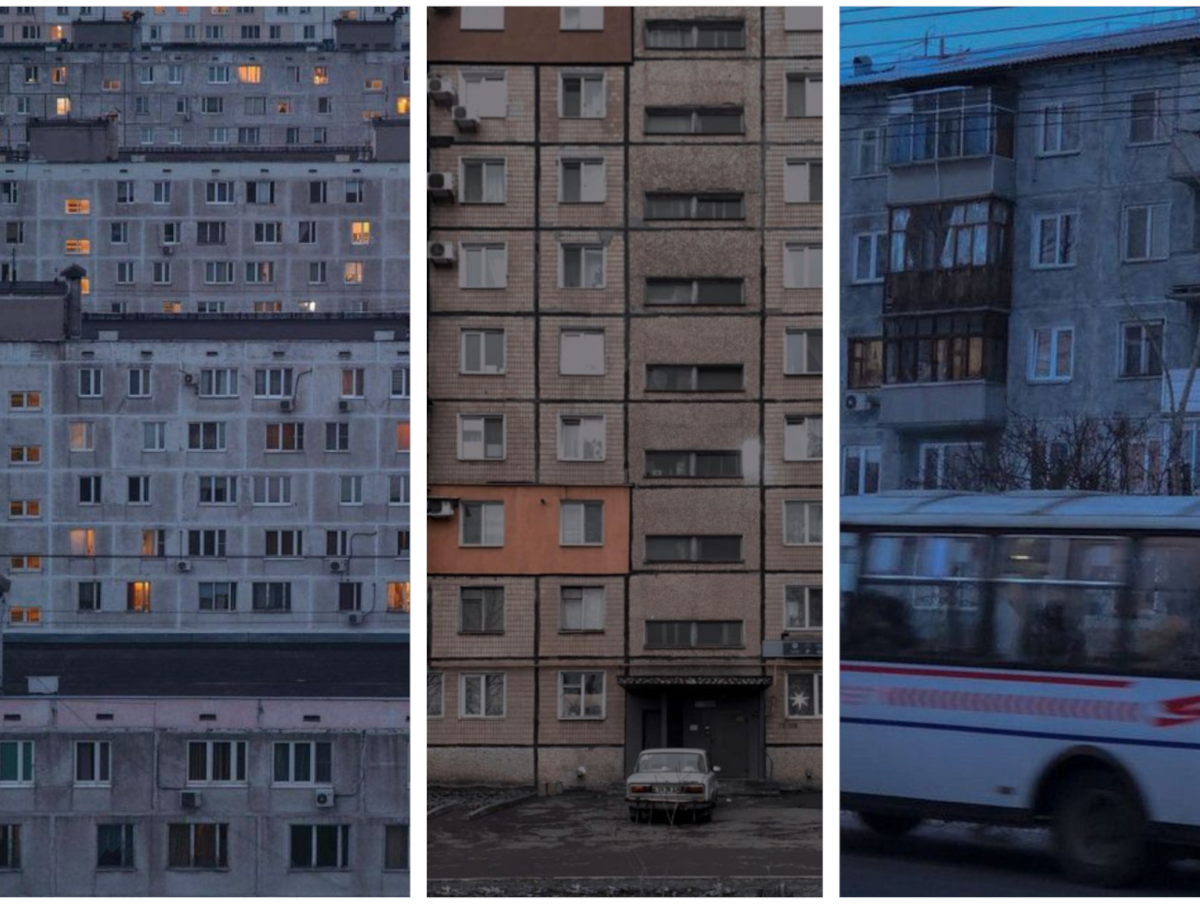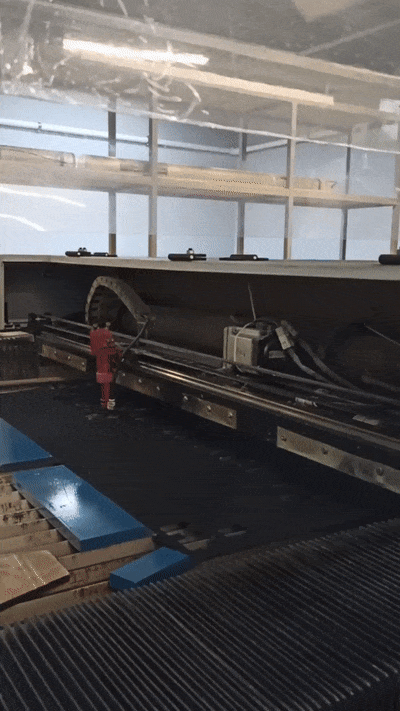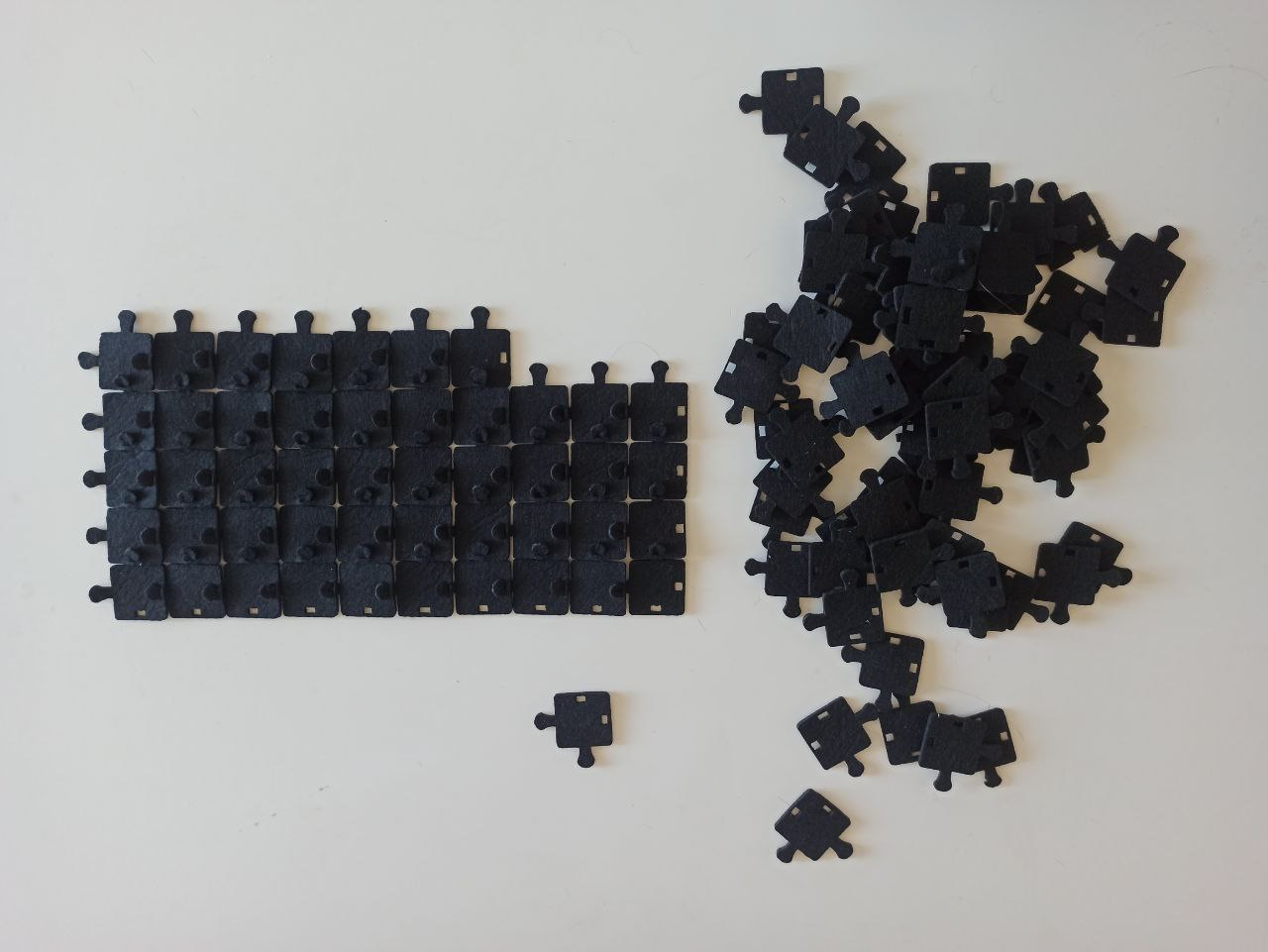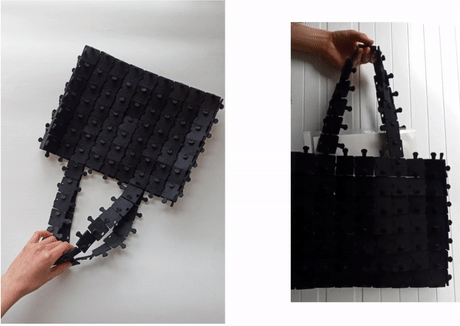3. Circular Open Source Fashion¶
References & Inspiration¶

Zero Waste
"In traditional pattern cutting techniques between 15 and 20% of the fabric is discarded, which inevitably ends up in a landfill somewhere. According to Zero Waste New Zealand, "Zero Waste is a goal that is ethical, economical, efficient and visionary, to guide people in changing their lifestyles and practices to emulate sustainable natural cycles, where all discarded materials are designed to become resources for others to use.
Zero Waste means designing and managing products and processes to systematically avoid and eliminate the volume and toxicity of waste and materials, conserve and recover all resources, and not burn or bury them.". In fashion, Zero waste is applied as a pattern making technique, creating these sort of jigsaws that use every scrap of fabric from one square. It is about embracing the sustainable restrictions, having literally the equivalent of a box to work with, but thinking outside of it, discovering new ways with the limitations.
Zero waste has recently been highlighted in the sustainable world, but has infact been implemented for years, in traditional garment design, such as the Japanese kimono or the toga. The process is becoming more and more popular in the boutique fashion design houses, but is yet to be embraced by the bigger more influential fashion brands." - The sustainable approach - zero waste

Modular design (or modularity) is an approach used to design various products or applications – by breaking them down into separate or independent parts. These individual parts can then be used for the same functionality in different systems or products.
Modular clothing refers to garments that have detachable or adaptable elements that can be easily removed, swapped out, or remodelled to create different styles, lengths or overall look in response to changing fashions or need.

I almost got lost in the multitude of shapes and patterns. But finally, I decided to stick to the form I'm most comfortable with, visually. I love the touch of minimalism in everything. Straight lines, clearly defined shapes, squares.
I was wondering about the sourse of my preferences, when I was walking through the city, and it hit me.
Soviet-era architecture is a sizeable feature of Chisinau’s urban appearance. You can not call it beautiful, but I learned to love it.
And for sure, I believe that we are influenced by the things, forms, colors and sounds around us, even if we are not aware of it.

Tools¶
- Adobe Illustrator
- Scissor
- Paper
Process and workflow¶
I started experimenting with paper and scissors on different shapes.




Step 1¶
I decided to create a groceries bag out of my puzzle pieces, because I wanted to do something useful. So, my next step was to determine the size of the bag and see how many pieces were needed to fill it.
Laser Cutting¶
My next step was to go to the laser cutting machine.



Assembling¶
This is the process of the assembling and the moment I realized that most likely I won't have enough pieces to make the bag.

The final product¶
This is what I got! The bag is strong enough to hold stuff, but I think that I can redesign the interlockings, to make it even safer. It's pretty cool that I can keep changing its shape.

You can find my project and download the design of the Puzzle Bag on OS Circular Fashion